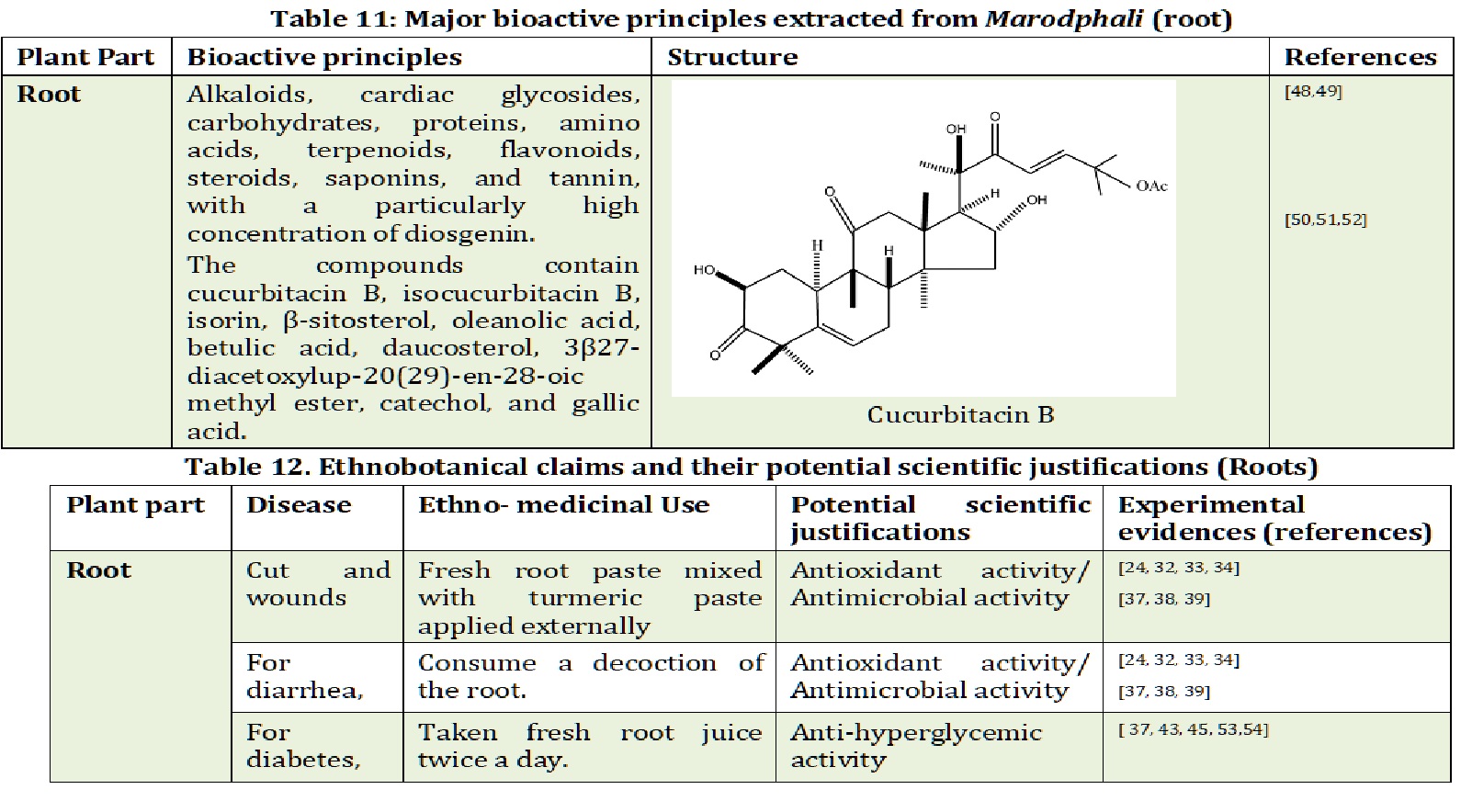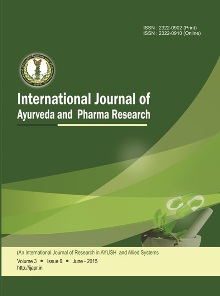Phytochemistry and Pharmacology of Helicteres Isora Linn. (Marodphali): Ayurvedic Insights and Medicinal Overview
Abstract
It is a small, sub-deciduous tree or shrub that is commonly cultivated. People have used it for medicinal purposes since antiquity, in organized (Ayurveda, Unani & Siddha) and unorganized (folk, native and tribal) forms. Marodphali is a well-known Ayurvedic remedy for curing various diseases and has several pharmacological effects. Marodphali, scientifically classified as Helicteres isora Linn., is a member of the Sterculiaceae family. It is also referred to as Avartani. On the preliminary phytochemical screening, it is reported that the plant of Marodphali consist of several bioactive compounds like alkaloids, steroids, phenolic compounds, carbohydrates, proteins, saponins and flavonoids, which proclaim various important Pharmacological effects encompass antioxidant properties, lipid-lowering (hypolipidemic) effects, antibacterial and antiplasmin actions, cardiotonic benefits, anti-oxidative and anti-peroxidative potential, neuroprotective antioxidative capacity, anticancer effects, analgesic (anti-nociceptive) properties, liver-protective (hepatoprotective) effects, anti-diarrheal benefits, and wormicidal activity. Marodphali's multifaceted therapeutic profile positions it as a promising natural remedy for a range of pathological conditions, highlighting its potential for broader clinical applications pending further research into its molecular mechanisms of action.
Downloads

Copyright (c) 2025 International Journal of Ayurveda and Pharma Research

This work is licensed under a Creative Commons Attribution-NonCommercial-ShareAlike 4.0 International License.






